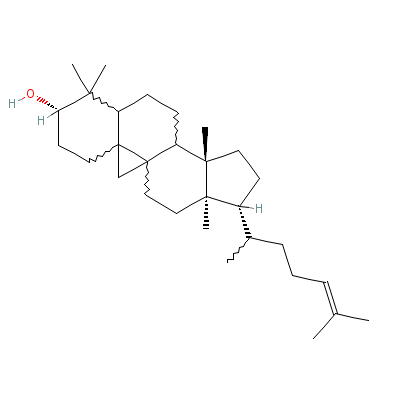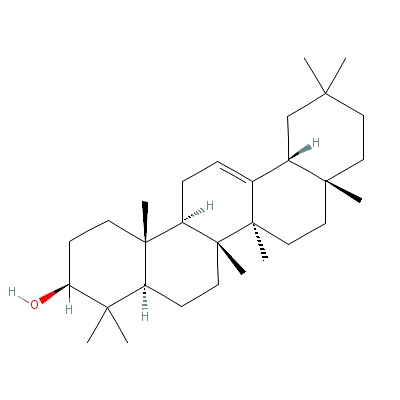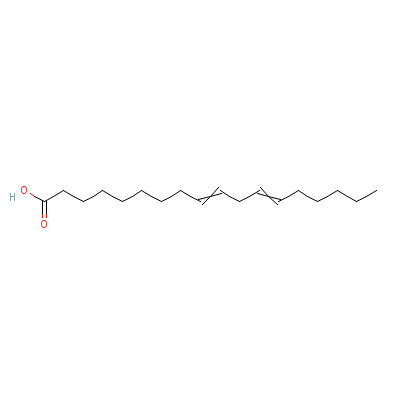Paeonia emodi Wall. ex Royle |
| |
|
|
Botanical Name |
: |
Paeonia emodi Wall. ex Royle |
English
Name |
: |
Himalayan Peony |
Family |
: |
Paeoniaceae |
| |
General Info
| Description |
 |
|
A herbaceous or a shrubby perennial with a cluster of fleshy roots. Leaves divided into distinct leaflets : segments oblong or lanceolate; flowers showy, 7-10 cm. diam., white or red, usually solitary, sometimes in groups of 2 or 3; follicles ovoid with a few seeds. |
| Herb Effects |
 |
|
Antiinflammatory, diuretic, hypothermic and depresses the central nervous system (plant); laxative and emetic (seed). |
Chemistry
| Active Ingredients |
 |
|
Butyropermol, cycloartenol, lupeol, beta-amyrin and linoleic acid (root oil). |
| Chemistry
of Active Ingredients |
 |
|
|
 |
Name |
CAS# |
IUPAC Name |
Formula |
Structure |
 |
|
| Cycloartenol |
Not Available |
Not Available |
C30H50O |

|
| Lupeol |
Not Available |
Not Available |
C30H50O |

|
| beta-Amyrin |
559-70-6 |
4,4,6a,6b,8a,11,11,1
4b-octamethyl-1,2,3,
4a,5,6,7,8,9,10,12,1
2a,14,14a-
tetradec
ahydropicen-3-ol |
C30H50O |

|
| Linoleic acid |
8024-22-4 |
Octadeca-9,12-dienoi
c acid |
C18H32O2 |

|
|
Pharmacology
| Medicinal Use |
 |
|
Problems with the nervous system, dropsy, biliousness, diseases of the uterus, colic, epilepsy, blood purifier for children, for cuts and sores (caused by maggots) (root); dysentery (cooked young shoots and leaves); hysteria, convulsions, colic, uterine diseases and obstructions of the bile duct (tubers); as a treatment for diarrhoea, cough, haemorrhoids and varicose veins (dried flowers). |
| Reference |
 |
|
 Chandel et al., Biodiversity in Medicinal and Aromatic Plants in India. Chandel et al., Biodiversity in Medicinal and Aromatic Plants in India.
Uniyal et al., Medicinal Flora of Garhwal Himalayas. |
Dealers
Products
|
|